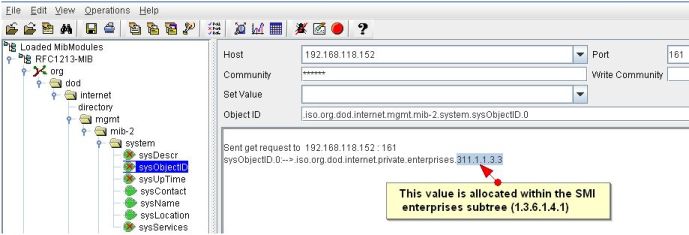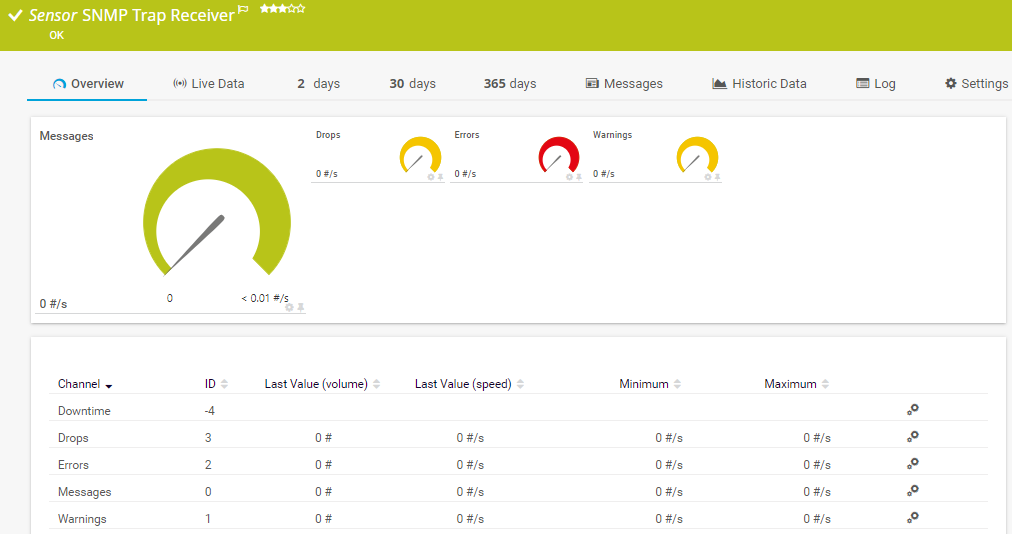

In your /usr/local/share/snmp/nf file put: EG, just because the request has been received and (cryptographically) verified that it was authentic, snmptrapd still won't do anything with the notification if it isn't allowed to. Now that your user has been properly created, you still need to allow snmptrapd to do things with the traps and INFORMs that get sent. Authorizing your user to do things with the received notifications If you leave it off, it will be set to the same pass-phrase as the authentication pass-phrase. Enclose it in quotation marks if it contains spaces. AES the encryption type to use (AES or DES, with AES being better) "my encryption pass" The encryption pass-phrase to use to generate the secret encyrption key. SHA the authentication type (SHA or MD5, with SHA being better) "my authentication pass" The authentication pass-phrase to use to generate the secret authentication key.

Myuser the USM username that is going to be sending the trap. You can create a new SNMPv3 user in you snmptrapd application which is tied to your snmptrapd engine simply by creating a line like the following in your /var/net-snmp/nf file:ĬreateUser myuser SHA "my authentication pass" AES "my encryption pass" Since the application receiving the INFORM is authoritative, that means it's the snmptrapd application's EngineID that will be used to help uniquely identify the user. (see below) myuser the USM username that is going to be sending the trap.

In the above line, the following things need to be set:ĮNGINEID the EngineID of the application that is going to be sending the trap. You do this by creating a line like the following in your /var/net-snmp/nf file:ĬreateUser -e ENGINEID myuser SHA "my authentication pass" AES "my encryption pass" Since the application sending the TRAP is authoratative, that means the user created within the snmptrapd must be tied to the EngineID sending the trap. Without both these instructions and the "authuser" instruction, snmptrapd will display nothing. Make sure you read below about configuring snmptrapd to allow the configured users to actually log, execute or forward a trap though. Once you pick whether you want to use TRAPs or INFORMs you can follow the directions in the next two sections. SNMPv3 USM users are uniquely defined by a combination of the authoritative EngineID and the user name.Ĭonfiguring snmptrapd for receiving SNMPv3 INFORMs

OPMANAGER SNMP TRAP RECEIVER HOW TO


 0 kommentar(er)
0 kommentar(er)
